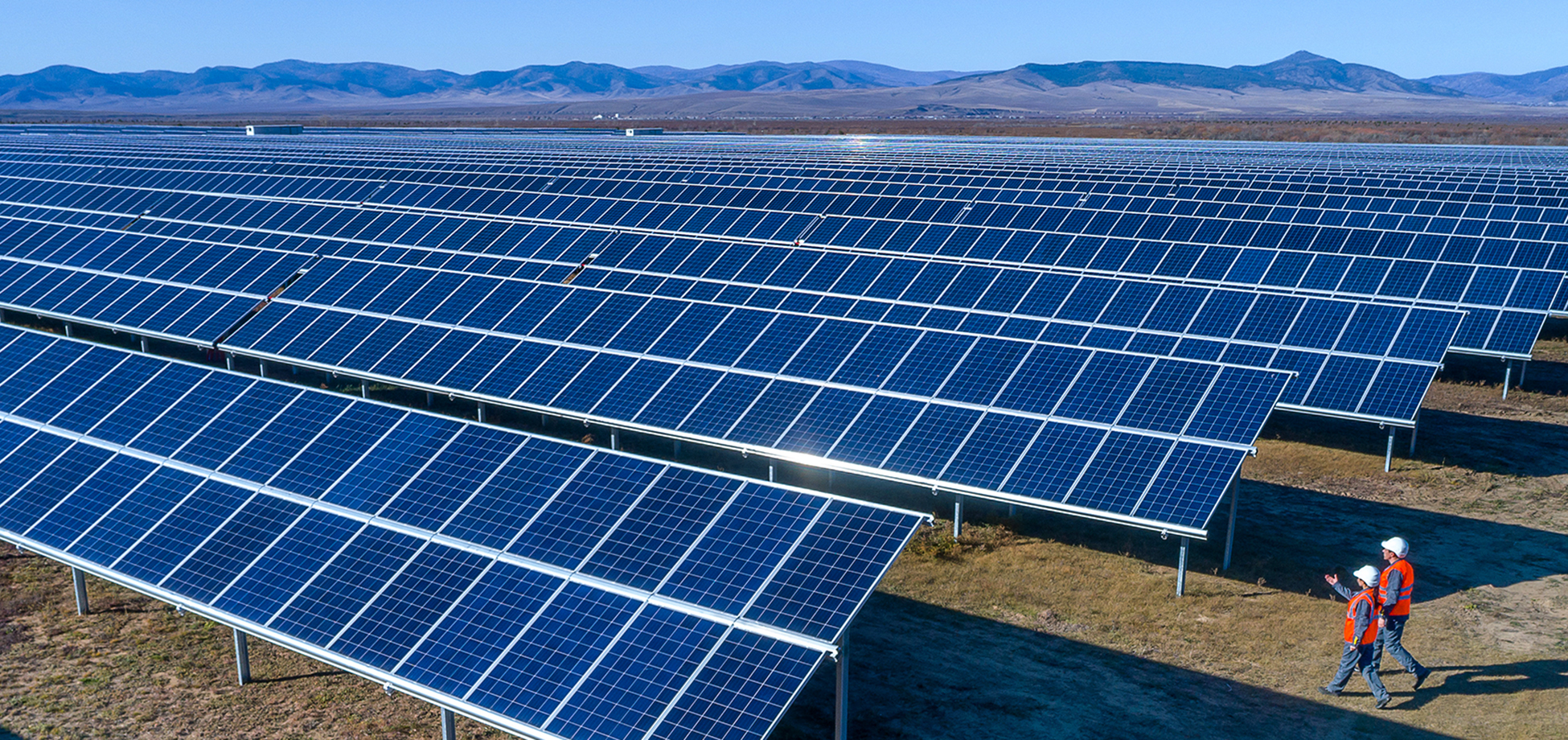ESA is pleased to sponsor, present, and attend this year’s American Clean Power – Siting and...

Cobalt Solar Project and Crimson Battery Energy Storage System
Located in California’s Sonoran Desert, this project consists of a 350 MV utility-scale solar photovoltaic (PV) facility and a 350 MW Battery Energy Storage System (BESS) facility. This project was the first project to be granted approval for construction on public land by the Bureau of Land Management (BLM) in the Biden-Harris administration.
Why does this project matter?
Increased dependence on renewable energy sources that are located within the region that they serve results in cleaner, zero-emission power generation, which helps cities and counties reach their local climate action goals and helps the State reach its goal of carbon neutrality by 2045.
What is ESA doing to help?
In 2016, ESA prepared a joint Environmental Impact Statement/Environmental Impact Report (EIS/EIR) and integrated analysis of a California Desert Conservation Area (CDCA) Plan Amendment for the Cobalt Solar Project, which consisted of the construction, operation, decommissioning, and restoration of the project. Encompassing about 2,500 acres of public land administered by the Bureau of Land Management, this project is within the Riverside East Solar Energy Zone and is a part of a Development Focus Area of the Desert Renewable Energy Conservation Plan. The Final EIS and proposed CDCA Plan Amendment was published in 2021.
ESA provided third-party compliance monitoring on behalf of BLM during construction of the BESS facility which was completed in October 2022. ESA is currently providing project management assistance and compliance monitoring for the solar facility’s construction phase. In this role, ESA’s team works closely with Recurrent Energy (developer) to facilitate coordination and communication with the BLM and other interested parties (e.g. CDFW, USFWS) and to document project compliance with the environmental requirements, permit conditions, and conservation measures to prevent damage and minimize impacts.
For construction monitoring purposes, the critical environmental factors associated with this site include, but are not limited to, air resources, biological resources, cultural resources, erosion and sedimentation, and spill containment. Of special interest is reducing disturbance within suitable desert tortoise and desert kit fox habitat, as well as any construction-related damage or displacement of cultural resources and artifacts. Native American consultations under Assembly Bill 52 and Section 106 of the National Historic Preservation Act will continue into the construction phase of work.
“The Crimson Energy Storage project epitomizes California leadership – clean energy, innovation, and economic development through good, union jobs."

solar power station green electricity panel view
Similar Projects
News & Ideas
Join ESA’s team of federal permitting and National Environmental Policy Act (NEPA) experts as they...
ESA is pleased to announce that it has acquired 48 North Solutions, Inc. (48 NORTH)....
The energy landscape is changing rapidly—and with it comes a growing need for efficient and...
It’s been weeks since the event, but I’m still reflecting on the 2024 Mobility 21...
ESA is pleased to announce exciting new additions to the Northwest region as we welcome...









